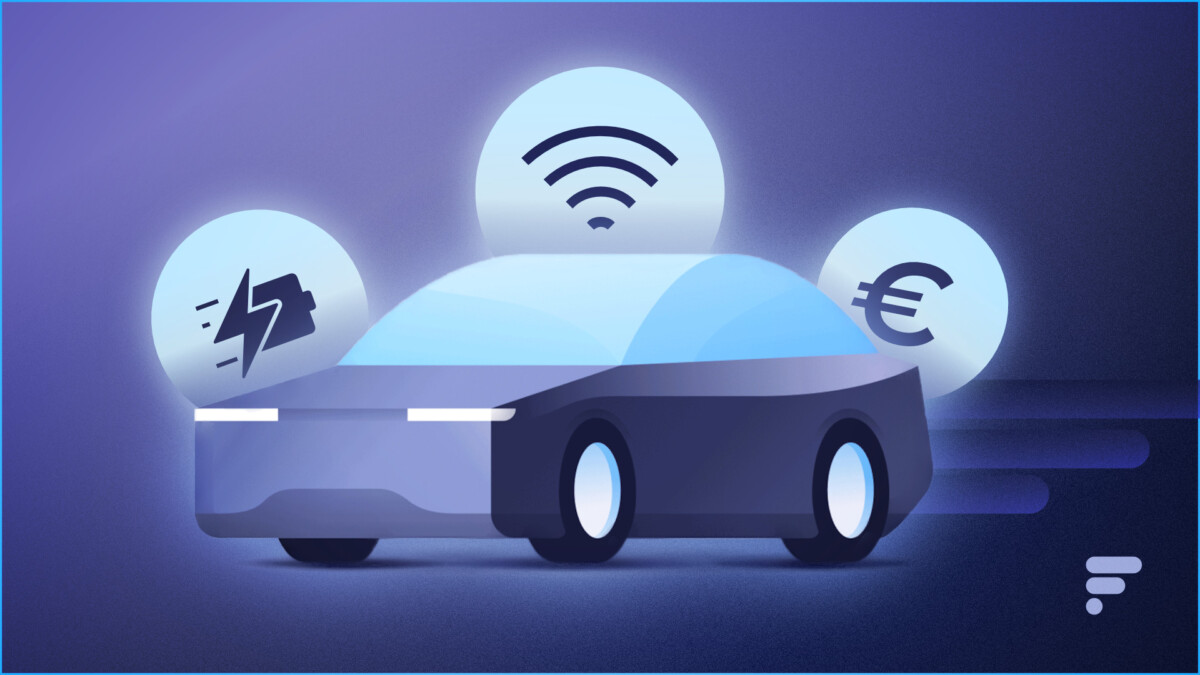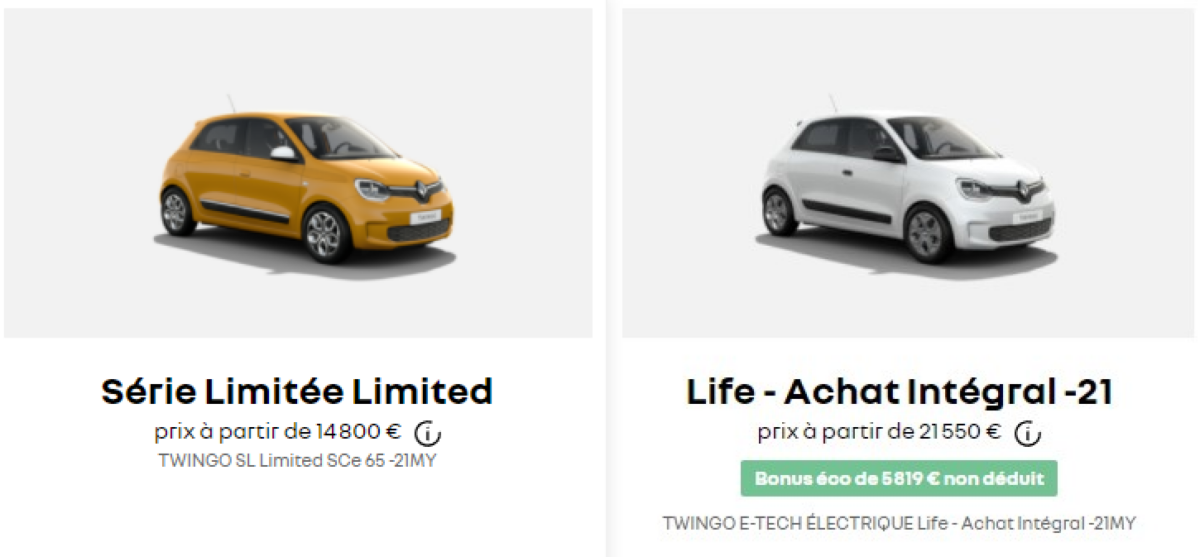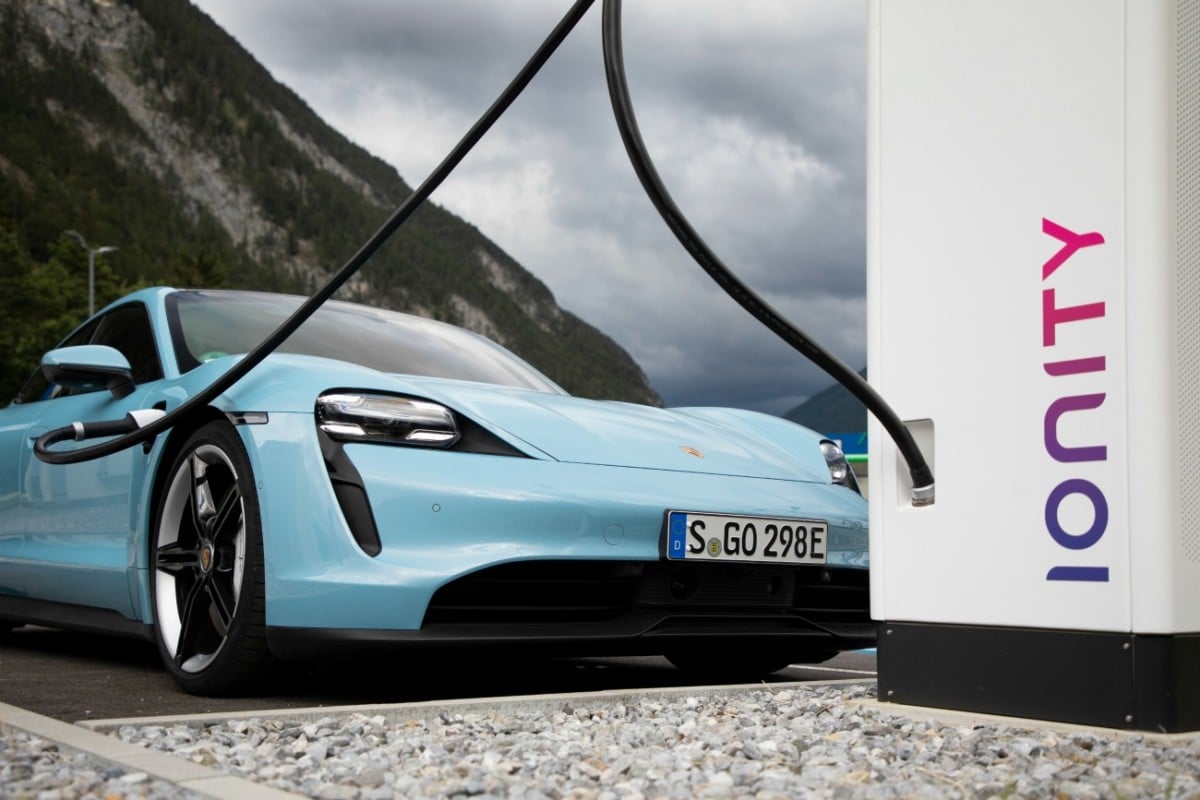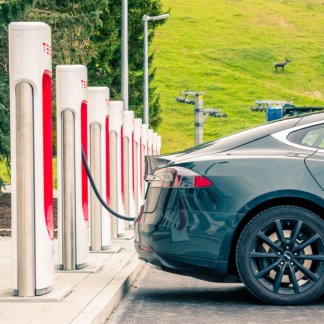Although electric vehicles are increasingly popular, they are still far from flawless. Between excessively high prices, perfectible charging time or even range below what a thermal vehicle offers, there is still some way to go to obtain the perfect electric car. Let’s try to draw his robot portrait in this file.

Source: Frandroid
Year after year, electric cars are improving, making the switch to electromobility easier for many motorists. Although some differences persist with thermal vehicles, it must be recognized that industry leaders seem determined to come up with attractive models these days.
But for those who remain to be convinced, what is lacking in today’s electric car? In this dossier, we will try to paint a robot portrait of the perfect electric car: price, range, performance, on-board technologies… everything will be examined. We will try to determine if such a vehicle has a chance to exist in the near future.
A price equivalent to the thermal vehicle
One of the main obstacles to buying an electric car today remains the price. If a Renault Twingo is available from 14,800 euros in thermal version, it takes nearly 7,000 euros more for the electric model, available from 21,550 euros.
This example of Twingo is far from being an isolated case: the Peugeot 208 thermal is for example available from 16,550 euros, while the model equipped with an electric motor starts at 32,800 euros. For the general public, it is obvious that posting a starting price so far from the thermal equivalent can be off-putting.

The online configurator of the Renault Twingo in petrol (left) and electric (right) versions
Clearly, the savings on fuel and maintenance need to be factored in when calculating what an electric vehicle will actually cost compared to its thermal counterpart, but this is not shown in the catalog – and it does. is quite normal.
Thus, for an electric car to be more attractive, the starting price would have to be comparable to an equivalent thermal model. That way the choice would be much more obvious to anyone looking for a new vehicle.
Autonomy announced exceeding 1,000 kilometers
Besides the price, the second constraining point that resurfaces the vast majority of the time concerns autonomy. Constantly improving for years, the best-placed models in this segment have over 600 kilometers of range in the WLTP cycle. However, in real use, it struggles to exceed 400 kilometers of motorway at speed limits.

The Mercedes EQS: one of the electric cars with the most range on the market // Source: Mercedes
The perfect electric car should offer a range greater than what is best today, at least to achieve parity with a thermal vehicle. If it is obvious that for everyday journeys, and a fortiori for people with the possibility of recharging at home, the range of an electric car is not a problem, when it comes to going to the other end of the country, the puzzle quickly arises .
Thus, a connected vehicle with around 1,000 kilometers of range in the WLTP cycle should be able to satisfy most skeptics about electric mobility. It would be the assurance, by leaving with a full battery, of being able to do more than 600 kilometers of motorway, which corresponds more or less to a vacation trip without having to go through the recharging box, for the vast majority. the French.
5 minutes to fill the battery
Once the price and range are comparable with a thermal vehicle, there remains the problem of charging: it is unequivocally much longer than a full tank of gasoline. Again, for people with the ability to charge at home, this is a non-topic. But many French people remain without the possibility of charging: whether for everyday journeys or long journeys, a solution is needed.
Currently, the best vehicles on the market offer to recover around 70% of the battery in 15 minutes under ideal conditions. For some, this is far from sufficient: it is necessary to be on a par with a full tank of gasoline. Such solutions do not yet seem possible, whether in terms of charging infrastructure or battery technologies integrated into vehicles.

The Porsche Taycan on an Ionity terminal // Source: Porsche
The future seems to be moving towards maximum charging powers of between 250 kW (for Tesla Superchargers at present) and 350 kW (Ionity for example, for batteries with a voltage of 800 Volts), which allows ‘add only 30 kWh in 5 minutes, not much more.
And these 30 kWh represent only 50% of a battery of Tesla Model 3 for example, one of the most popular electric vehicles on the market. The duration of 5 minutes to completely fill a battery allowing to cross the country remains for the moment utopian.
A near-autonomous vehicle with supercar performance
With the example of Tesla as the spearhead of the autonomous car – although Mercedes is catching up with it – it is legitimate to think of the perfect electric car as a 100% autonomous vehicle. Between overly restrictive regulations and immature technology, it is important not to have unrealistic expectations on this point. Fully autonomous vehicles are highly unlikely to hit European roads in the next few years, but not today.

All the cameras on a Tesla
In contrast, the performance of electric vehicles – which may already be above thermal equivalents today – should continue to improve. Whether we look at Porsche with the Taycan, Audi with its e-Tron GT, or even Tesla and its “Performance” versions, the only thermal vehicles that can be compared to these cars are Supercars costing several. hundreds of thousands of euros.
We do not know how far this race for performance will go, but on the side of the electric car, it is already a battle won against the thermal vehicle.
Is such a vehicle utopian?
You will undoubtedly have understood it at the end of this article: the perfect electric car is unlikely to exist in the near future. The price of vehicles must drop drastically so that the entire population considers the purchase of an electric vehicle to be economically good, and the displayed range must be comparable to what can be covered by a tank of gasoline. on an average vehicle.
Once these two points have been set, the charging times will have to drop significantly so that people who do not have a solution to charge at their place of work or life can get out without a hitch. The icing on the cake will then be to look for on the side of autonomous driving and performance, which should convince the last reluctant.
Only the future will tell us if the robot portrait of the perfect electric car will ever exist, and if so, those who are resistant to the switch to electric will no longer have any difficulty in taking the plunge.
To follow us, we invite you to download our Android and iOS application. You will be able to read our articles, files, and watch our latest YouTube videos.

